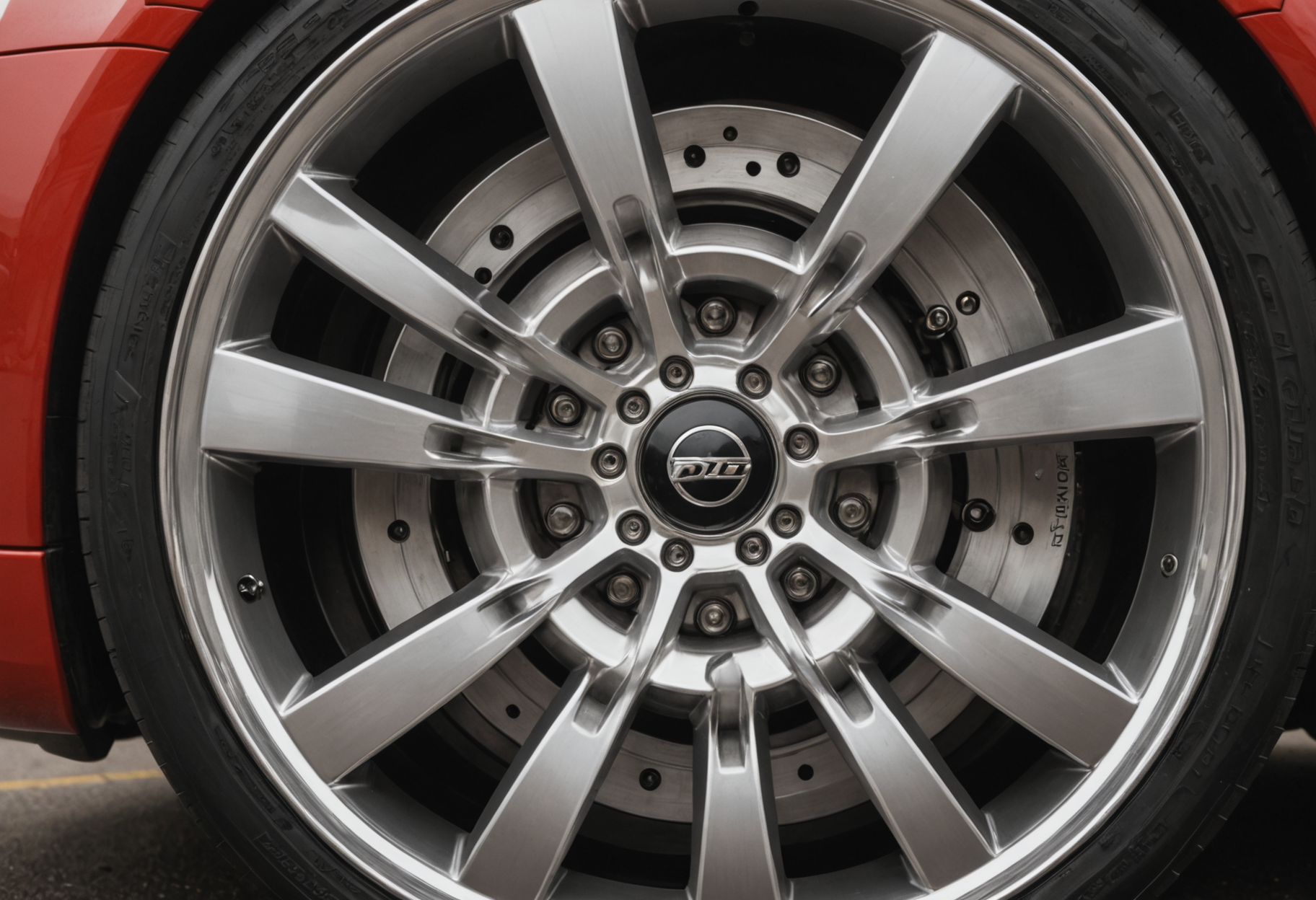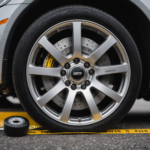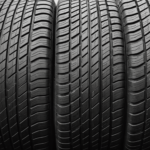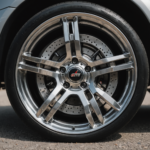In the realm of automotive customization and maintenance, one of the most crucial elements that often goes unnoticed is the bolt pattern of a vehicle’s wheels. Bolt patterns play a significant role in wheel fitment and can greatly affect both the aesthetics and performance of a vehicle. Understanding bolt patterns is vital for those looking to upgrade their wheels or simply replace them. This article explores the significance of bolt patterns, how to measure them accurately, and why they are essential for ensuring a safe and efficient driving experience.
What is a Bolt Pattern?
A bolt pattern, sometimes referred to as a bolt circle, specifies the arrangement of the wheel lugs and their respective holes to which a wheel is attached. This pattern is crucial for ensuring that the wheels fit correctly on the vehicle’s hubs. Each bolt pattern consists of two main components:
- Number of Bolts: This refers to the total number of lug holes present in a wheel. Common configurations include 4, 5, 6, and 8 bolt designs.
- Bolt Circle Diameter (BCD): This is the diameter of the circle that passes through the center of all lugs. It is measured in millimeters (mm) or inches and is typically noted alongside the number of holes (e.g., 5×114.3).
Importance of Bolt Patterns
The importance of bolt patterns cannot be overstated in the context of wheel fitment. Here are several reasons why understanding bolt patterns is crucial for vehicle owners:
1. Ensuring Compatibility
Using wheels with an incompatible bolt pattern can lead to improper fitment, which may result in serious safety hazards. Installing the wrong wheels can cause brake issues, steering problems, and even wheel detachment.
2. Enhancing Performance
The right bolt pattern allows for optimal alignment of the wheels, which directly influences handling characteristics and ride quality. Proper fitment ensures that wheels can effectively transfer power to the road without any complications like wheel vibrations or misalignment.
3. Aesthetic Appeal
For many car enthusiasts, aesthetics are as significant as performance. Selecting the right wheels with a compatible bolt pattern allows vehicle owners to customize their cars effectively, enhancing the overall look without compromising safety.
How to Measure Bolt Patterns
Measuring a bolt pattern correctly is essential for selecting the right wheels. The measurement process can be done either in-person or through information provided by the vehicle manufacturer. Below are the steps for measuring bolt patterns by hand:
Tools Needed
- Caliper or ruler
- Tape measure (if working with larger vehicles or wheels)
- Pen and paper for recording results
Steps to Measure Bolt Pattern
- Count the Number of Lug Holes: Start by counting the total number of lug holes in the wheel. This number will be the first part of the bolt pattern.
- Measure the Bolt Circle Diameter: To measure the BCD, follow these instructions based on the number of lug holes:
- Three Bolts: Measure from the center of one bolt hole to the center of the bolt hole directly across from it.
- Four Bolts: Measure from the center of one bolt hole to the center of the bolt hole directly across from it. Then multiply this measurement by 1.414 (approximately). This gives you the bolt circle diameter.
- Five Bolts: Measure from the center of one bolt hole to the center of the bolt hole directly across from it, and then measure from that center to the center of an adjacent bolt. Use the formula: BCD = A / cos(36°), where A is the distance of the adjacent bolt.
- Six and Eight Bolts: Use the same method as for four bolts to calculate the BCD. Ensure the measurements are accurate, as this affects compatibility.
Common Bolt Patterns
The automotive industry has standardized several bolt patterns, making it easier for vehicle owners to understand which wheels will fit their cars. Here are a few common bolt patterns:
| Number of Lugs | Common Bolt Patterns (in mm) | Common Vehicles |
|---|---|---|
| 4 | 4×100, 4×114.3 | Honda Civic, Toyota Corolla |
| 5 | 5×100, 5×114.3, 5×120 | Ford Mustang, BMW 3 Series |
| 6 | 6×135, 6×139.7 | Ford F-150, Chevrolet Silverado |
| 8 | 8×165.1, 8×180 | Dodge Ram 2500, GMC Sierra 3500 |
How Bolt Patterns Affect Vehicle Performance
Beyond fitment, the bolt pattern has implications on a vehicle’s performance, including handling, braking efficiency, and overall stability. Here are some aspects to consider:
1. Weight Distribution
The bolt pattern dictates how weight is distributed across the wheel assembly. A well-fitted wheel ensures balanced weight distribution, which is essential for maintaining traction and control during driving.
2. Brake System Compatibility
A compatible bolt pattern ensures that the wheel does not interfere with the braking system. Mismatched patterns may obstruct brake components, leading to decreased braking efficiency and potentially dangerous situations.
3. Tire Wear
When the wheels are not properly aligned due to an incompatible bolt pattern, tires may suffer from uneven wear. This can lead to frequent replacements and increased maintenance costs over time.
Why Upgrading Bolt Patterns is Risky
While many vehicle owners consider modifying their wheels for a more aggressive stance or improved aesthetics, changing the bolt pattern of a vehicle can be risky for several reasons:
1. Safety Concerns
Any modification to the bolt pattern can compromise the integrity of the wheel assembly, posing serious safety issues. A poorly fitted wheel may loosen during driving, leading to potential accidents.
2. Vehicle Warranty Issues
Modifying factory specifications, including the bolt pattern, can void vehicle warranties. Manufacturers typically do not cover problems arising from non-standard modifications.
3. Increased Costs
Upgrading the bolt pattern often requires new wheel hubs, adapters, or other components, which can substantially increase the cost of the modification. Vehicle owners must weigh the benefits against the financial implications.
Conclusion
Understanding bolt patterns is essential for anyone looking to customize their vehicle’s wheels or even replace existing ones. The right bolt pattern ensures a correct fit, enhances performance, and maintains aesthetic appeal while preventing serious safety hazards. By measuring bolt patterns accurately and adhering to specifications, vehicle owners can enjoy a seamless wheel upgrade experience, allowing them to drive with confidence.
In the ever-evolving landscape of automotive customization, knowledge of bolt patterns remains a key component for achieving the desired balance between performance and style. Ultimately, prioritizing safety and compatibility will lead to a more enjoyable and reliable driving experience.




















